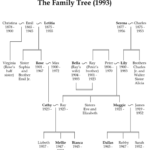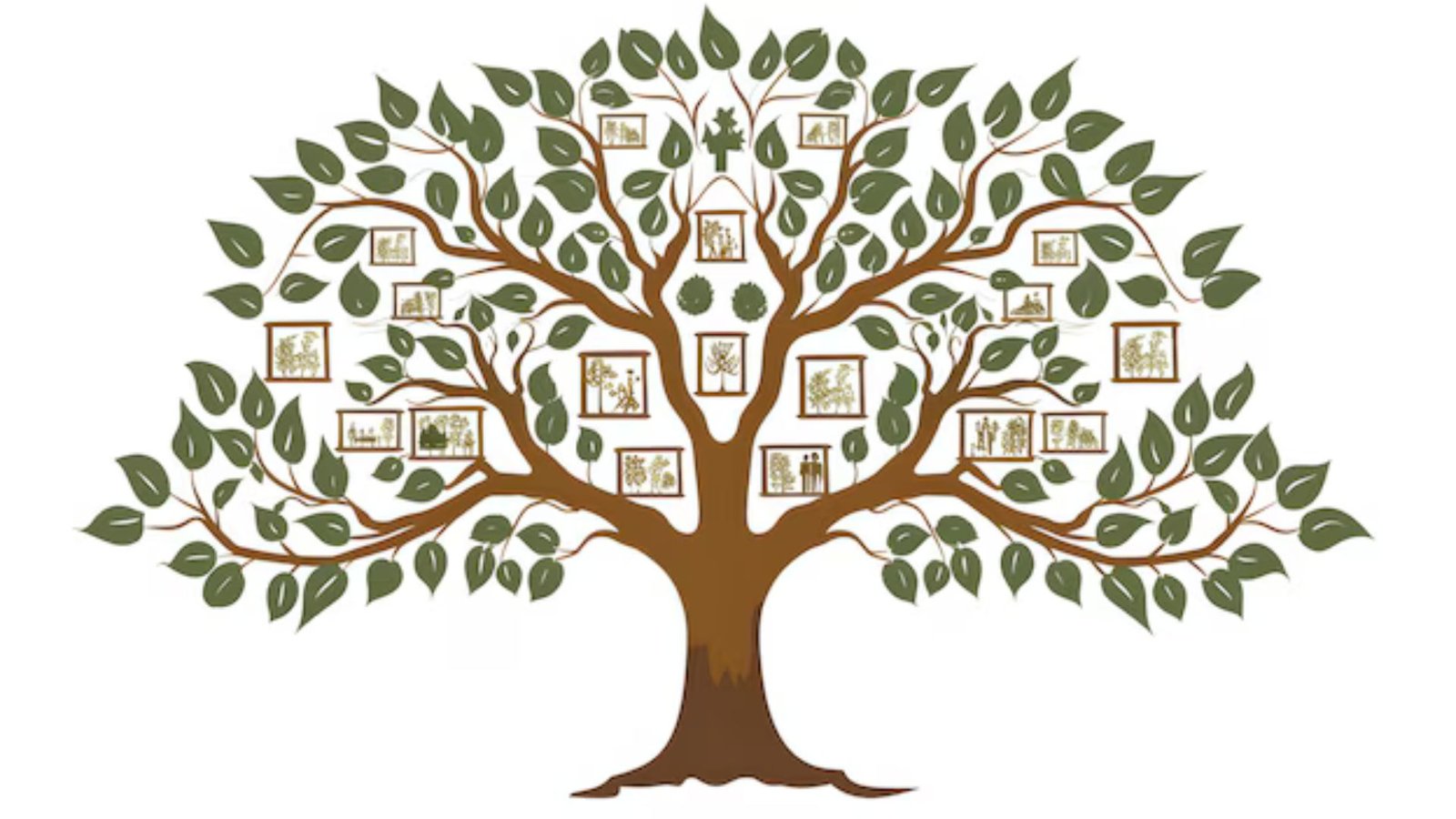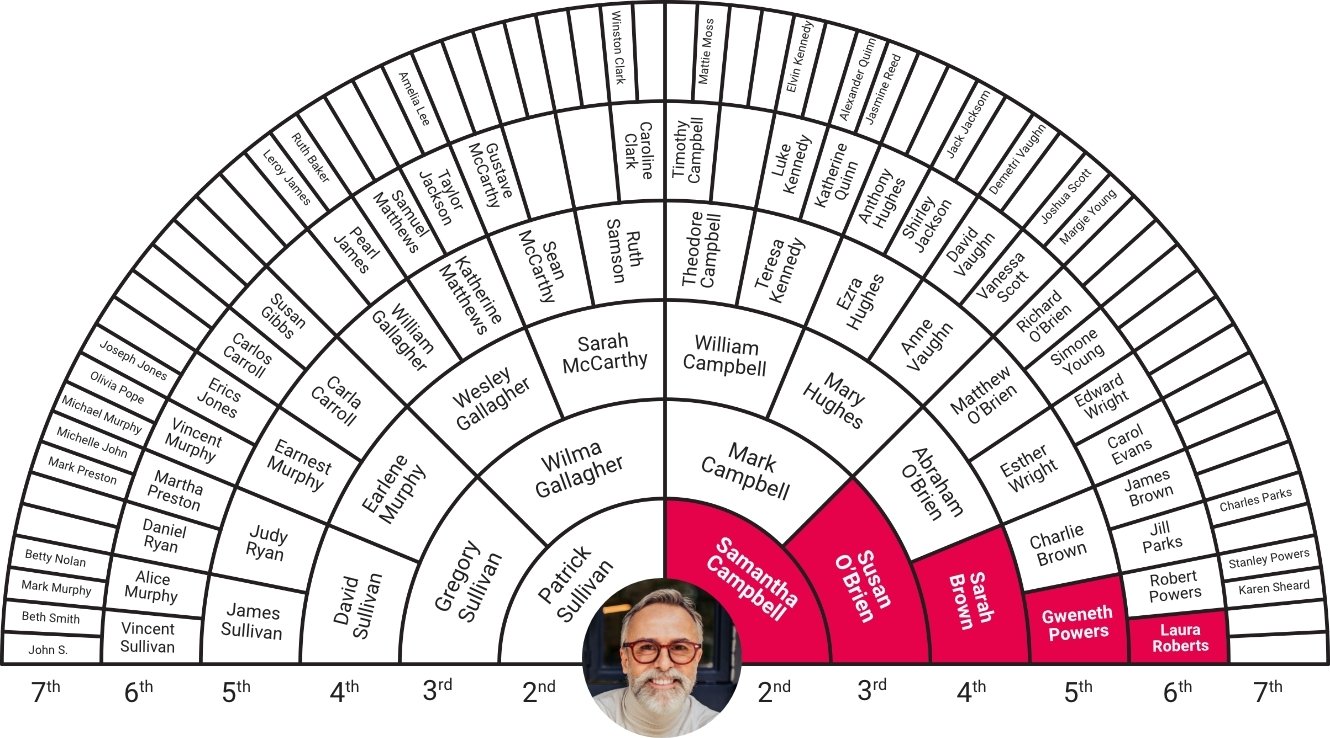DNA testing is becoming an essential tool for genealogical research, allowing people to discover more about their family trees and ancestry. By comparing your DNA with others, you can uncover long-lost relatives, trace your roots back through history, and confirm family connections. In this article, we will explore how to use DNA testing for family trees and the valuable insights it can offer.

What Is DNA Testing for Family Trees?
DNA testing for family trees involves analyzing your genetic material to uncover your ancestral origins. Companies that offer DNA testing services compare your DNA with that of other individuals who have taken the test, which helps reveal familial connections. These tests can identify relatives, show where your ancestors came from, and even trace your family lineage across generations.
How DNA Testing Can Help Build Your Family Tree
Using DNA testing for family trees can dramatically enhance your genealogy research. While traditional methods like researching records and documents can provide valuable information, DNA testing adds another layer of evidence that can confirm or challenge your findings. For example, DNA can confirm relationships, link you to unknown relatives, and provide clues about distant ancestors that may not be listed in official records.
Types of DNA Tests for Genealogy Research
There are several types of DNA tests you can use for family trees, each serving different purposes:
1. Autosomal DNA Testing
Autosomal DNA tests are the most commonly used for genealogy research. These tests analyze the 22 non-sex chromosomes inherited from both parents. They can provide insights into your ethnicity and connect you with relatives from all sides of your family, typically covering the past 5-7 generations.
2. Y-DNA Testing
Y-DNA testing is used specifically for male genealogical research, as it examines the Y chromosome passed from father to son. This test is useful for tracing paternal lineage, helping to identify surnames and paternal ancestors.
3. Mitochondrial DNA Testing
Mitochondrial DNA tests trace your maternal lineage by analyzing the mitochondria passed from mother to child. This test is helpful for uncovering your maternal ancestors and can trace your lineage back several generations.
Connecting with DNA Matches
Once you’ve taken a DNA test, you will likely receive a list of DNA matches—people who share genetic material with you. This can help you find distant relatives, such as cousins or even great-grandparents, who you may not have known about. Many DNA testing companies provide platforms for users to connect with these matches, which can lead to discovering new branches of your family tree.
Verifying Family Tree Information with DNA Results
One of the significant benefits of using DNA testing for family trees is that it can verify or challenge your research. If you’ve built a family tree based on historical records, DNA testing can help confirm or disprove the connections you’ve made. For example, if you suspect a connection with a particular ancestor, but DNA results show no match, this could indicate that the connection may not be accurate.
Understanding Ethnicity and Ancestral Origins
DNA testing can also reveal your ethnic origins, offering a broader view of your ancestry. The results often show your genetic makeup and how it relates to different regions of the world. This can provide insights into where your ancestors came from and add a new dimension to your family tree research. It can also help you understand the migration patterns and history of your family over time.
Collaborative Family Tree Building
DNA testing allows for collaboration among family members, especially when multiple relatives take the same test. If several family members have taken a DNA test, you can compare your results and work together to build a more complete family tree. Additionally, you may be able to share information, such as old family photos, stories, or historical records, to further enrich the family tree.
Using Third-Party Genealogy Websites
Many people choose to upload their DNA test results to third-party genealogy websites, which can offer additional tools for family tree building. Websites like GEDmatch, MyHeritage, and FamilyTreeDNA provide platforms where users can find more DNA matches, access advanced tools, and expand their family tree research. These sites also offer more resources for learning about genetic genealogy and connecting with distant relatives.
Conclusion
DNA testing for family trees is a powerful tool that can uncover deep insights into your ancestry, connect you with relatives, and validate your genealogical research. By using different types of DNA tests, such as autosomal, Y-DNA, and mitochondrial tests, you can gain a well-rounded view of your family’s history and make connections that go beyond traditional research methods. Whether you’re starting your genealogy journey or looking to verify your existing family tree, DNA testing offers valuable resources to help you understand your roots.










